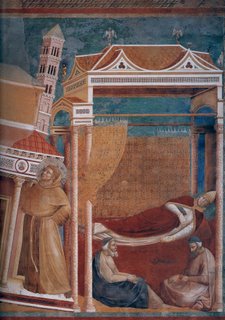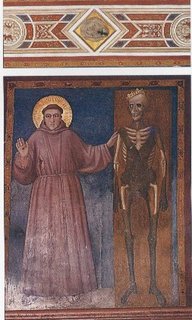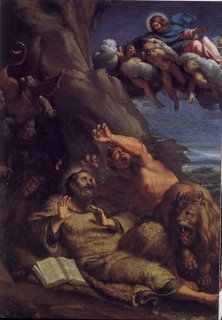
There is much controversy regarding the secret of Fatima. Of course we must be interested in it.... the Blessed Mother has spoken! The Church has decreed that she has spoken indeed. We must find out what she said. It was addressed to mankind. How come few know about it? Even many priests and bishops are ignorant of it.
Pope Benedict XVI, as Cardinal, described it as nothing else than what is found in Scriptures. And he was right. Except few really understand Scriptures because its meaning is supernatural, unknown by the natural man but understood only by the spiritual man.
The Secret of Fatima was explained by Pope John Paul ll at Fatima, during the canonization of Jacinta and Francisco. But nobody understood it. And so it is not that the Church has not explained it publicly, but rather that nobody understood it.
There is nothing in private revelations that should not be already found in public or Divine revelation. And the secret of Fatima is found there.
It is found in the Apocalypse, the similitude used by Pope John Paul II in Fatima. But then the Apocalypse is the most difficult book to interpret. No wonder no one understands it. This same message is taught in the tradition of Benedictine monasticism. It was popularized by Joachim of Fiore and became part of the Franciscan tradition, too. St. Bonaventure was interested in it as noted by then Cardinal Ratzinger in his thesis the "Theology of History according to St. Bonaventure."
Pope Benedict XVI, as Cardinal, described it as nothing else than what is found in Scriptures. And he was right. Except few really understand Scriptures because its meaning is supernatural, unknown by the natural man but understood only by the spiritual man.
The Secret of Fatima was explained by Pope John Paul ll at Fatima, during the canonization of Jacinta and Francisco. But nobody understood it. And so it is not that the Church has not explained it publicly, but rather that nobody understood it.
There is nothing in private revelations that should not be already found in public or Divine revelation. And the secret of Fatima is found there.
It is found in the Apocalypse, the similitude used by Pope John Paul II in Fatima. But then the Apocalypse is the most difficult book to interpret. No wonder no one understands it. This same message is taught in the tradition of Benedictine monasticism. It was popularized by Joachim of Fiore and became part of the Franciscan tradition, too. St. Bonaventure was interested in it as noted by then Cardinal Ratzinger in his thesis the "Theology of History according to St. Bonaventure."
Countless saints have written on it, like St. Louis de Montfort. In fact it was on this Benedictine Tradition that he built his writings and founded his Congregations.
And so when Pope John Paul II and Cardinal Ratzinger announced the message at Fatima they put their heads together. Cardinal Ratzinger was knowledgeable of Scriptures, the Benedictine Tradition as written in the Dialogues of St. Gregory describing the life of St. Benedict, and the Franciscan Tradition as compiled by St. Bonaventure. Pope John Paul II knew the writings of St. Louis de Montfort since he was a young priest, from where he got the motto of his coat of arms "Totus Tuus."
And what is the message of Fatima? "It has begun." As St. Thomas of Aquinas has said, for those with Faith no explanation is necessary. But for those without faith, any explanation is futile. (Painting is "The Immaculate Conception" by Giovanni Battista, 1714)





